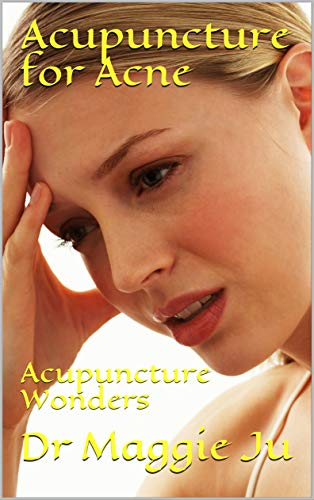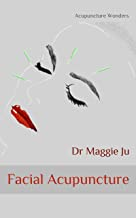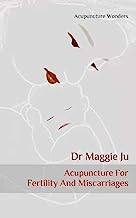Acupuncture is recommended as one of Noninvasive Treatments for Acute, Subacute, and Chronic Low Back Pain: by A Clinical Practice Guideline From the American College of Physicians.
The American College of Physicians (ACP) has developed a clinical practice guideline for the noninvasive treatment of low back pain. The guideline provides evidence-based recommendations for the treatment of acute, subacute, and chronic low back pain. Acupuncture is recommended as one of the noninvasive treatments for low back pain. For patients with acute or subacute low back pain, acupuncture treatment is recommended in conjunction with superficial heat, massage, or spinal manipulation. This is based on moderate-quality evidence. For patients with chronic low back pain, acupuncture is recommended in conjunction with exercise, multidisciplinary rehabilitation, mindfulness-based stress reduction, tai chi, yoga, motor control exercise, progressive relaxation, electromyography biofeedback, low-level laser therapy, operant therapy, cognitive behavioral therapy, or spinal manipulation. This recommendation is also based on moderate-quality evidence. Recent research has analyzed the data for



